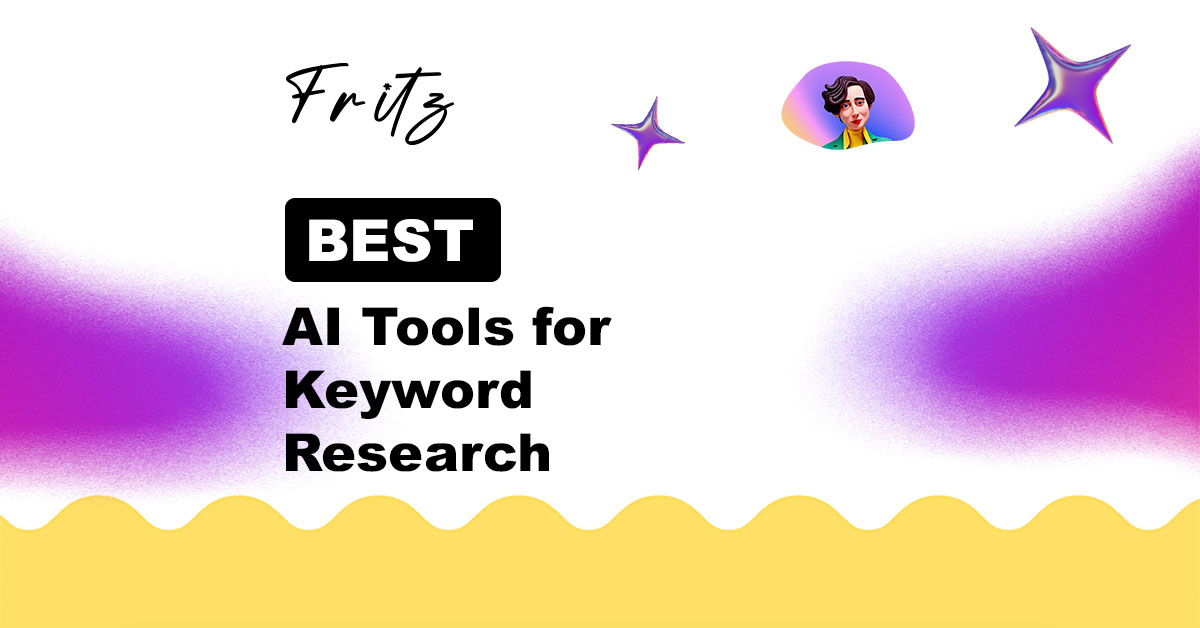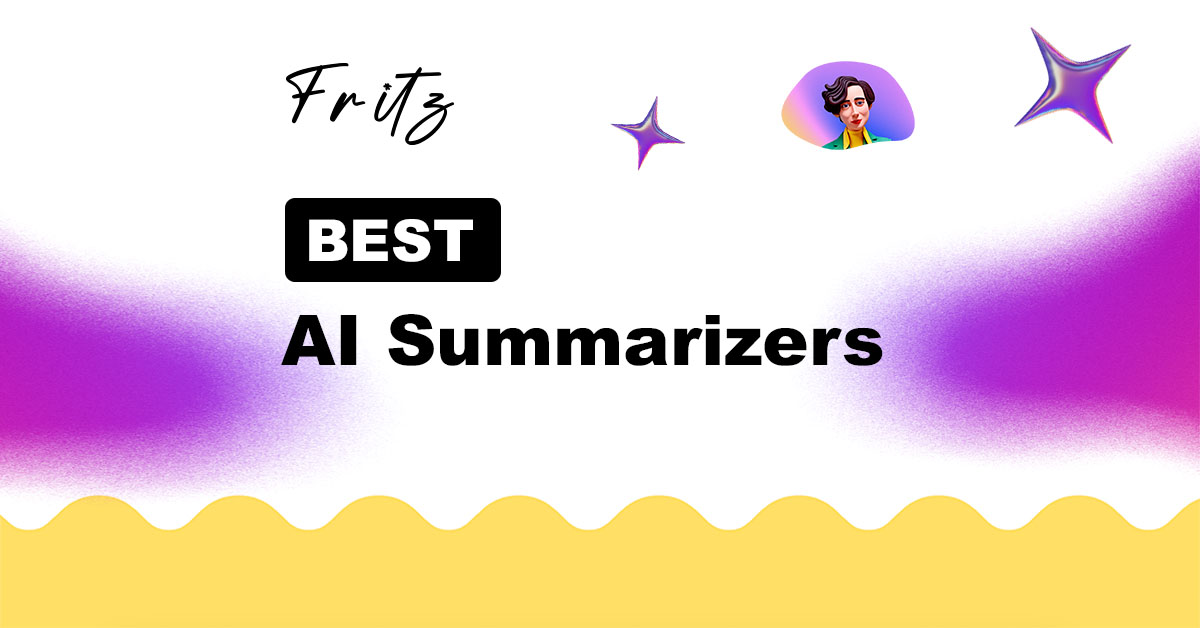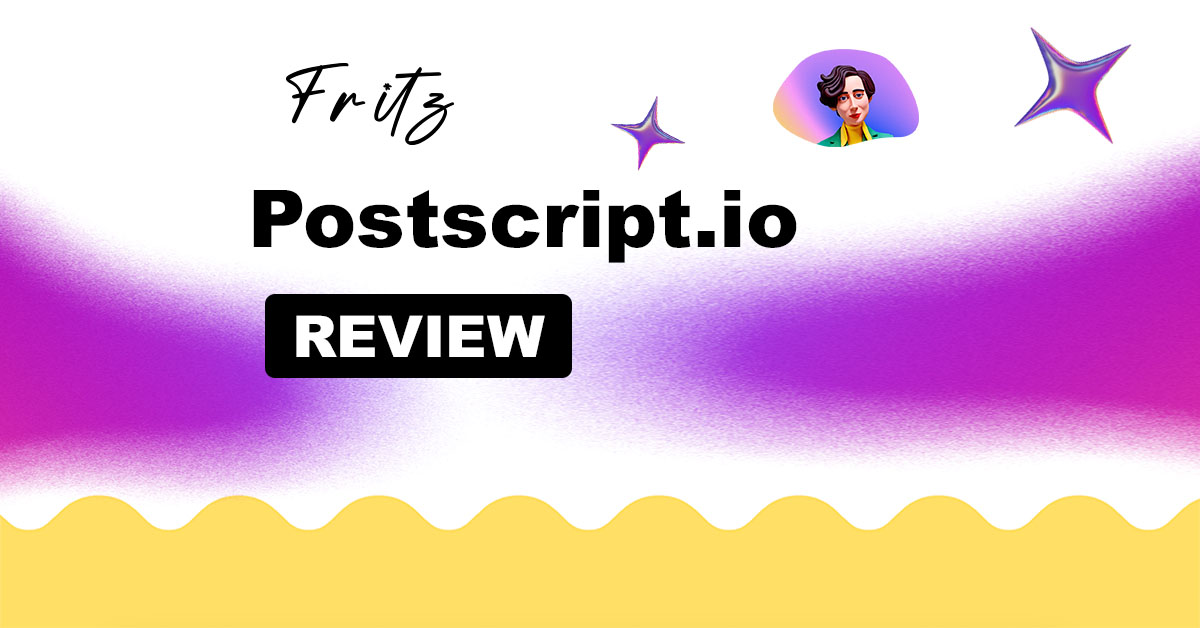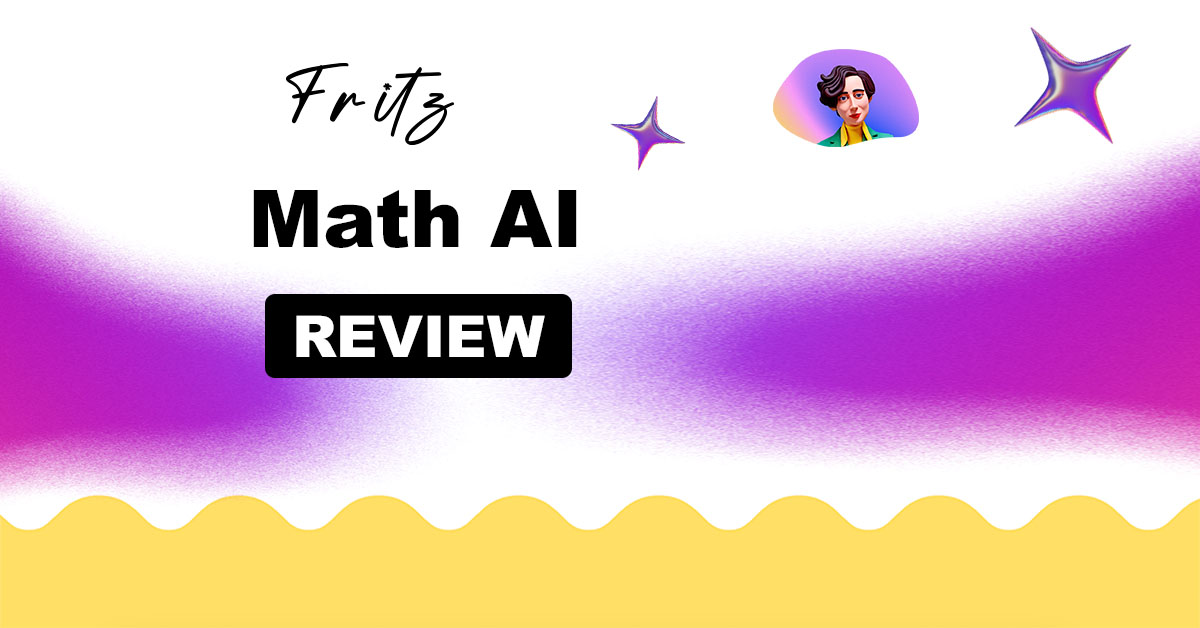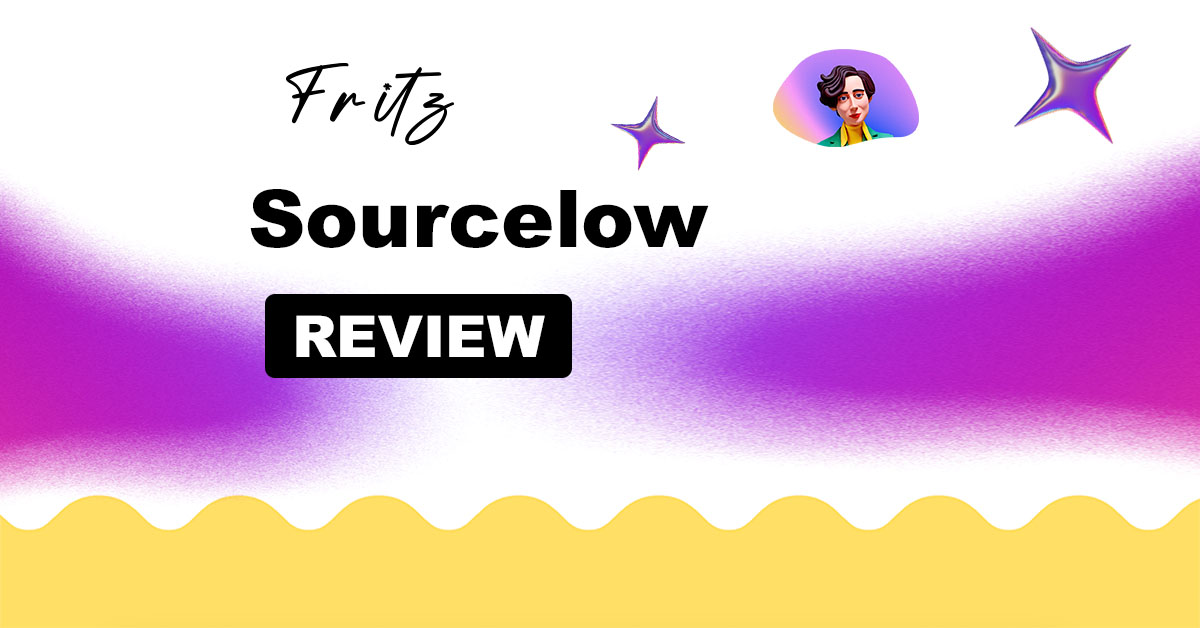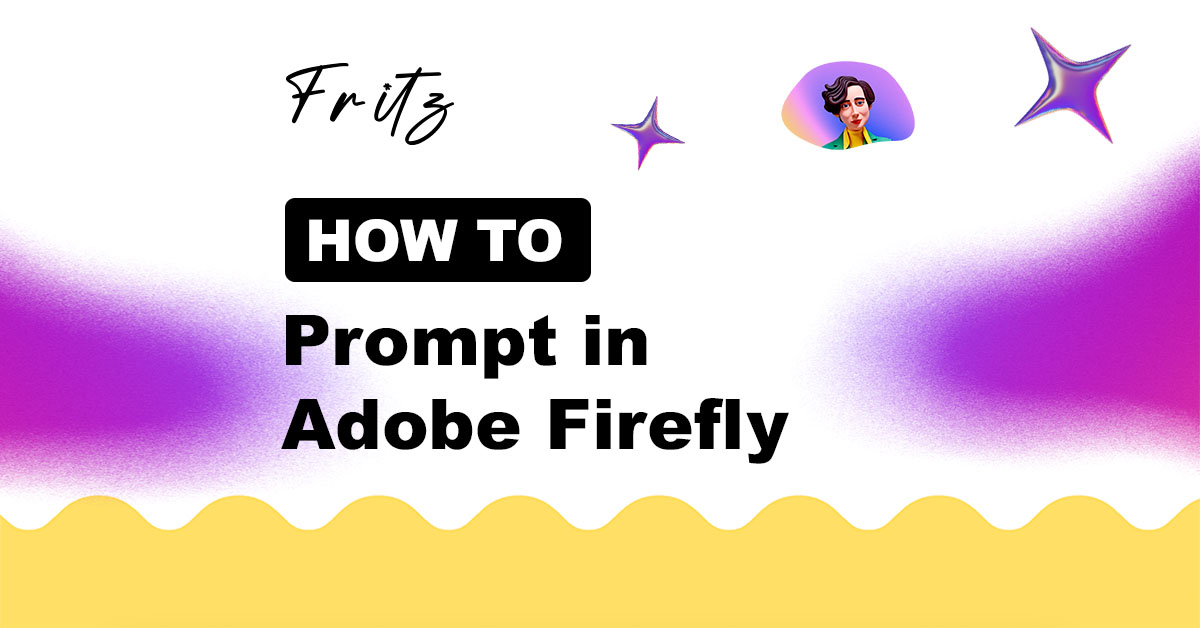As artificial intelligence becomes more accessible, businesses are starting to use automation to improve productivity, reduce costs, and streamline repetitive tasks.
But without a clear strategy, many companies end up wasting time and money on tools that don’t deliver real value.
If you’re considering AI automation in your business, or you’re already experimenting with it, here are some proven best practices to make sure you actually benefit from it — not just implement it because everyone else is.
Continue reading “AI Automation Best Practices for Businesses”
